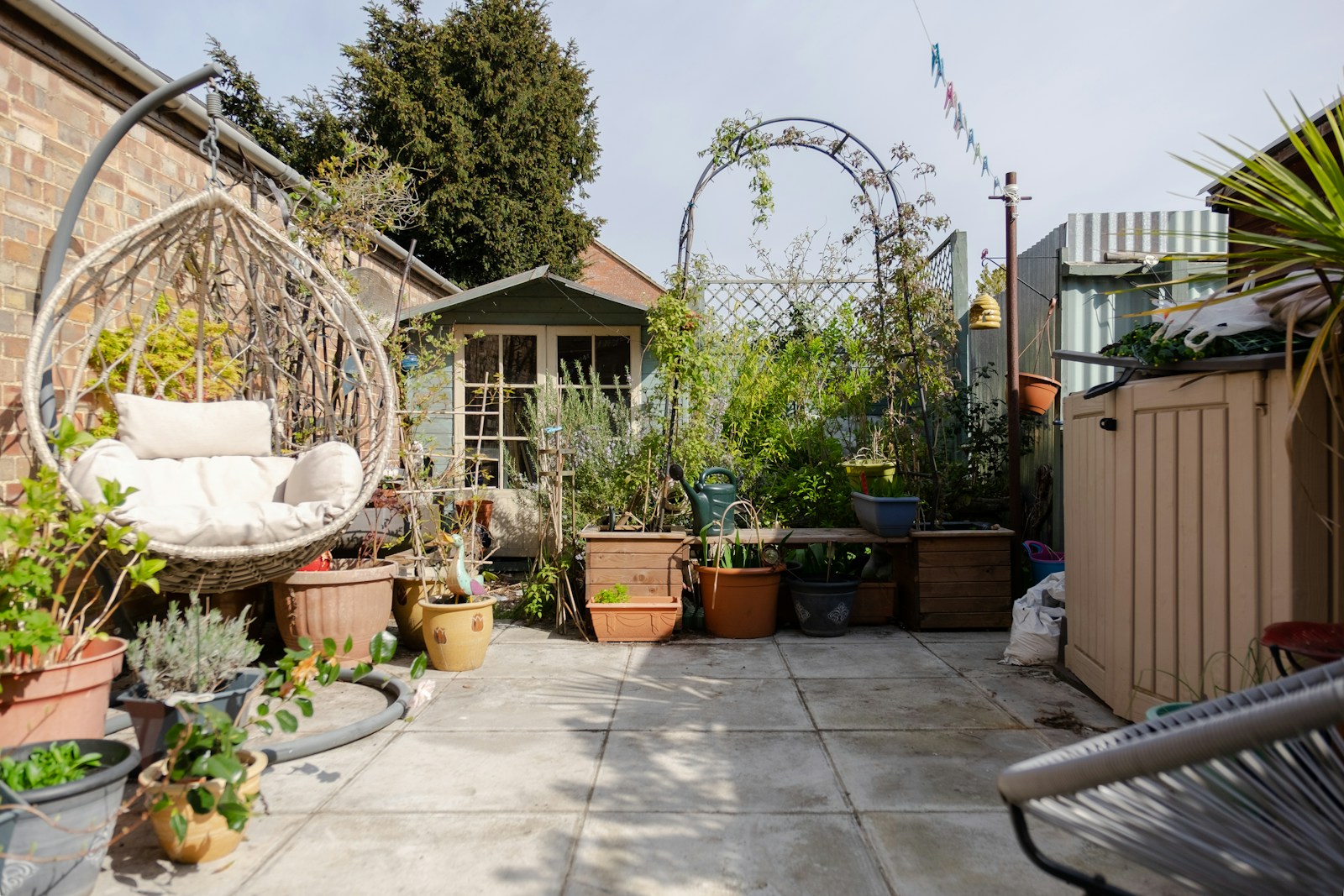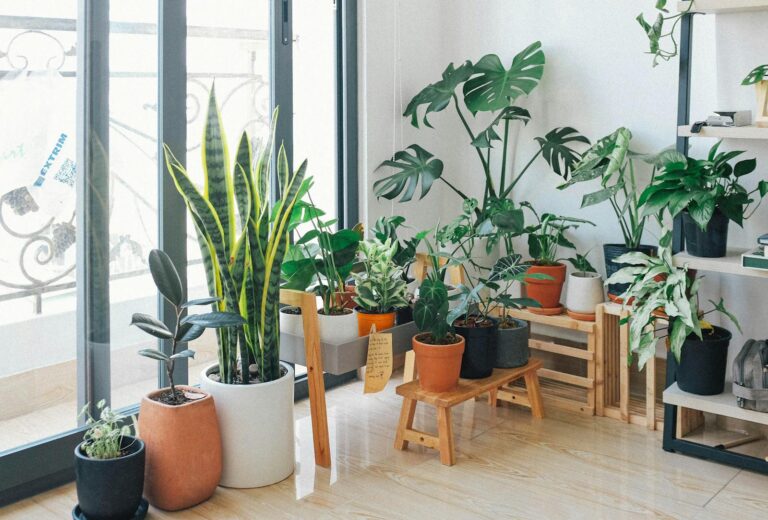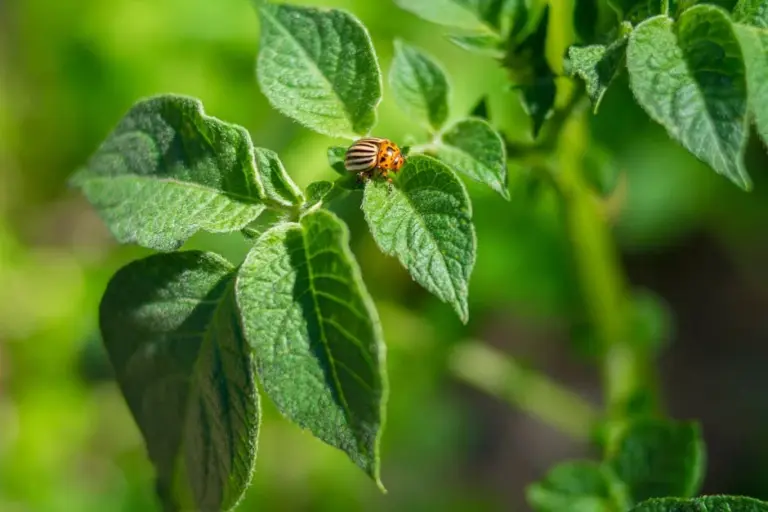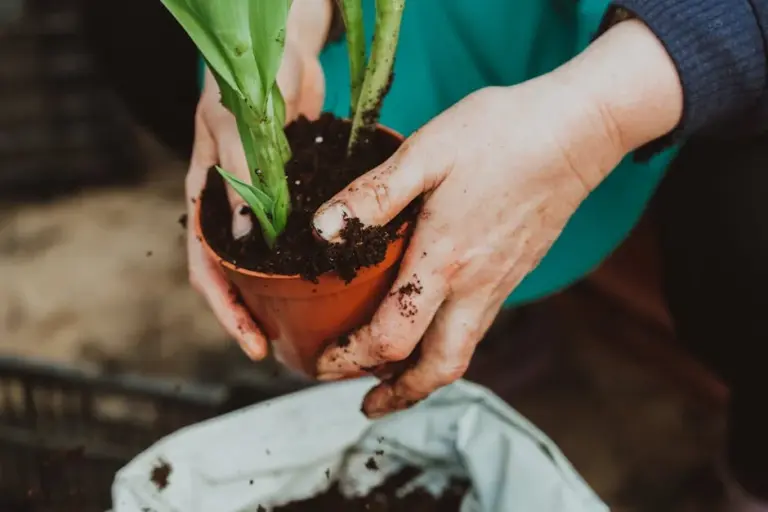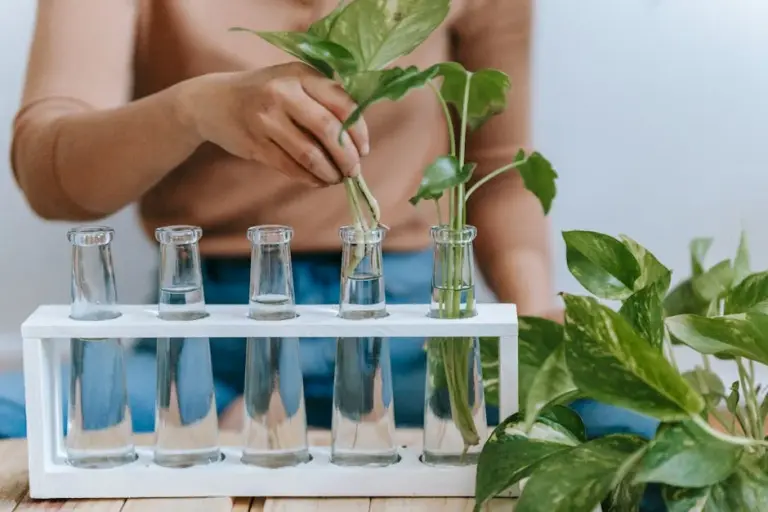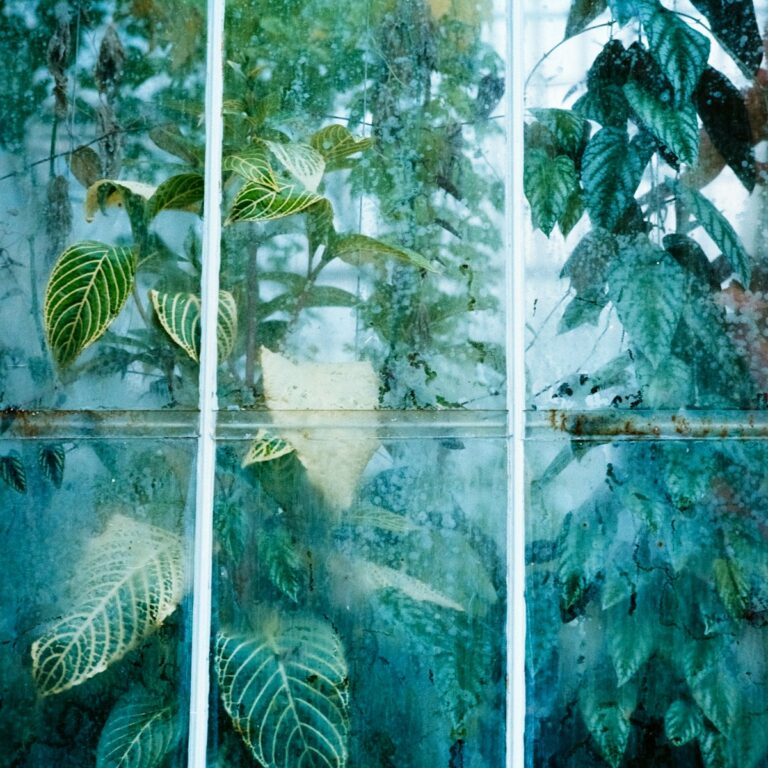12 Garden Trends Homeowners Will Love This Year To Refresh Your Outdoor Space
Gardening is always evolving, and this year brings fresh ideas that can spark new energy in your outdoor space. No matter the size of your yard or balcony, there are creative trends you can try that fit your lifestyle.
Here are 12 inspiring garden trends that can help you update your green space. These ideas focus on making your garden both beautiful and practical, so you can enjoy your time outdoors even more.
Pollinator Gardens to attract bees and butterflies
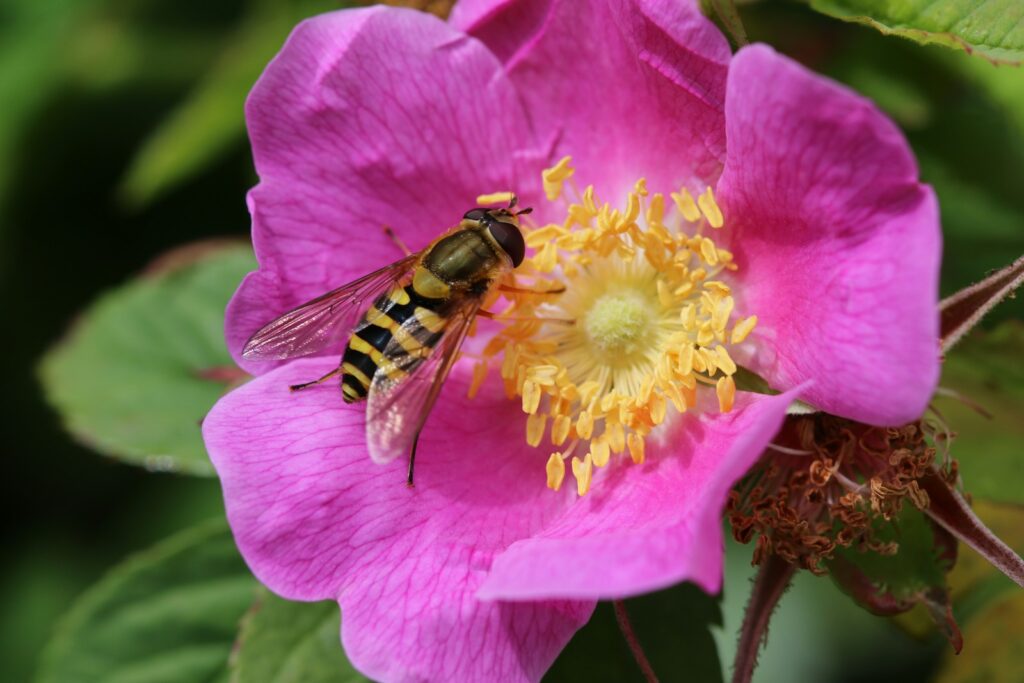
A pollinator garden can fill your yard with color and movement. These gardens use native plants that attract bees, butterflies, and hummingbirds.
When you plant what grows well in your region, you help pollinators find the food and shelter they need. Even a few pots on your porch or a small patch in your yard can make a real difference.
Flowers like milkweed, goldenrod, and black-eyed Susans are excellent choices. They provide nectar and pollen for many species.
Adding layers with different plants keeps your garden lively all season. Including water features or shallow dishes gives pollinators a place to drink.
With a bit of care, your garden can become a buzzing, fluttering haven. It’s an easy way to support nature and enjoy a vibrant outdoor space.
Drought-Tolerant Plantings for water-wise gardening
Saving water is on everyone’s mind, but that doesn’t mean you have to give up a beautiful garden. Drought-tolerant plants need less water once they’re established.
At first, these plants need regular watering to build strong roots. After that, they thrive with less attention.
They’re perfect if you want a garden that looks good without constant care. Drought-tolerant plants handle dry spells better and often grow well in poor soil.
This means you’ll save time and money on watering and fertilizers. Choosing plants suited to your climate makes your garden more resilient.
You’ll get a landscape with texture and variety that’s easy to care for. It’s a smart way to keep your garden healthy and stress-free.
Living Fences as natural privacy screens
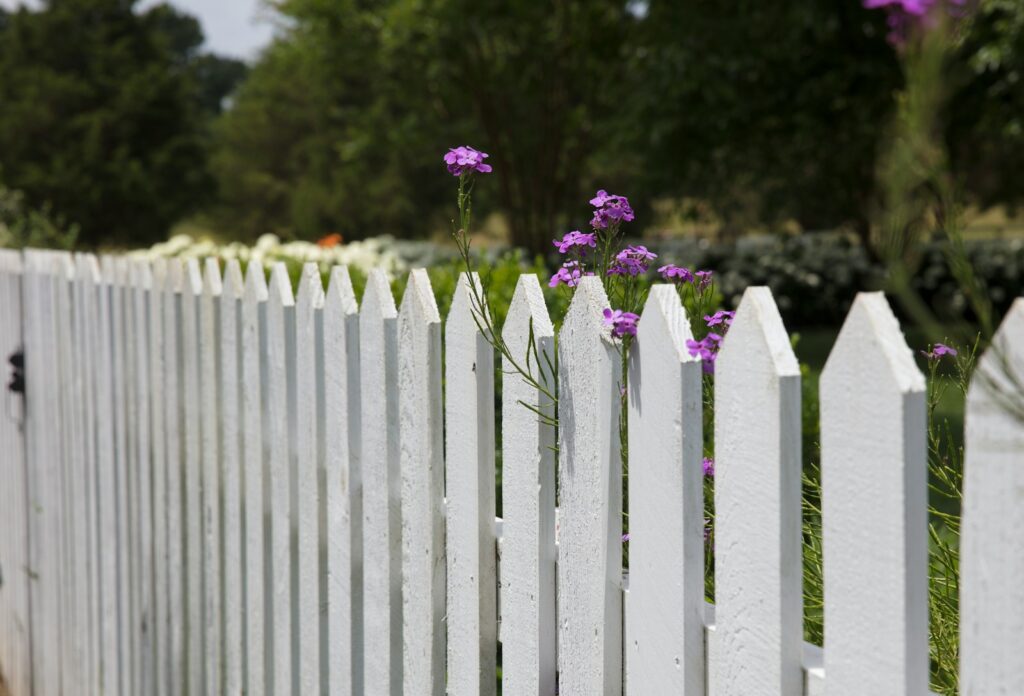
Looking for privacy without a harsh fence? Living fences use shrubs, trees, or vines to form a green barrier.
These plants grow over time, giving you more privacy as they fill in. Evergreen bushes stay green year-round, while flowering shrubs add seasonal color.
Living fences also help reduce noise and give birds and wildlife a place to shelter. They add a fresh, natural feel to your outdoor space.
Growing a living fence usually costs less and needs less upkeep than a standard fence. If you have kids or pets, dense shrubs can create a safe space.
It’s a peaceful, private way to enjoy your garden every day.
Teal and Blue Foliage Plants for bold color
Ready to shake up your garden’s look? Teal and blue foliage plants offer a cool, calming vibe.
Eucalyptus has soft blue-green leaves that look gentle and natural. Some hostas also show off deep blue-green shades, adding texture in shady spots.
Blue-leafed plants make great backdrops or can stand out on their own. Mixing teal or blue foliage with greens, purples, or bright flowers creates a bold design.
Try combining different shapes and sizes for a fresh, modern effect in your yard.
Hummingbird-Friendly Gardens with nectar plants
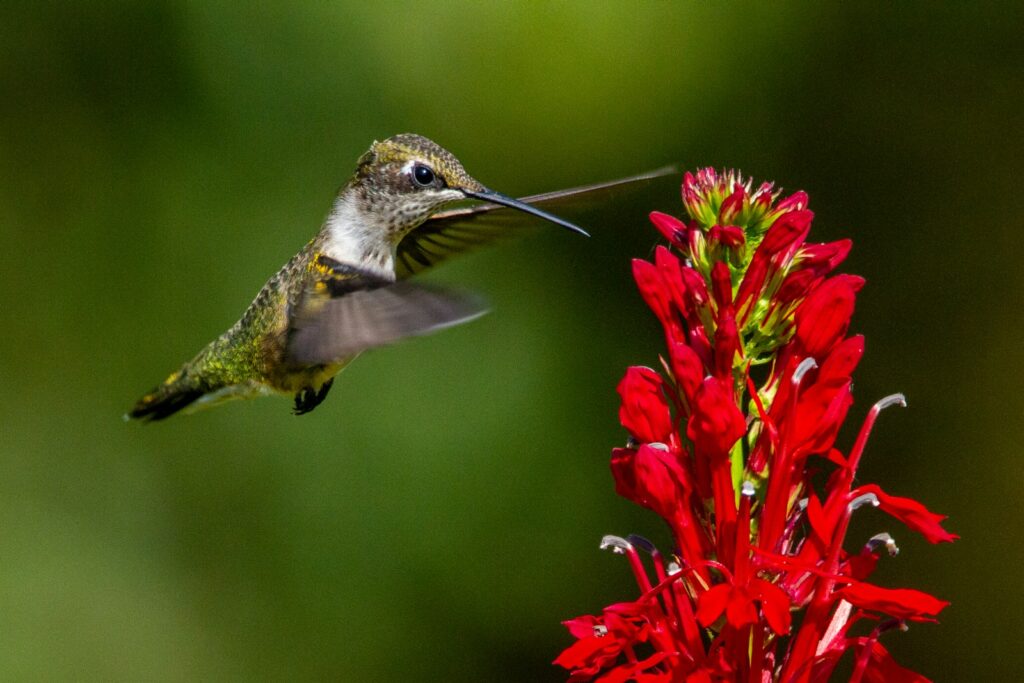
Bringing hummingbirds to your garden is easier than you might think. Plant nectar-rich flowers to give these tiny birds the energy they need.
Red, orange, and pink blooms attract hummingbirds the most. Native plants provide the right kind of nectar and support local wildlife.
If you have limited space, containers filled with hummingbird-friendly flowers work on porches or balconies. Keep the plants healthy and blooming so the birds keep coming back.
Skip pesticides and keep feeders clean for a safe garden. When your space offers food and shelter, you’ll enjoy watching hummingbirds zip and hover nearby.
Perennial Gardens for low-maintenance beauty
If you’re after a garden that returns every year with little effort, perennials are your best friend. These plants come back each spring, so you don’t have to replant every season.
Perennials are often tough and resist disease, handling different weather without much help. You’ll get colorful flowers and lush greenery with minimal watering or pruning.
Mix perennials that bloom at different times for year-round interest. Set it up once and enjoy it for many seasons.
It’s a practical way to keep your garden looking great without spending hours on upkeep.
Maximalist Garden Spaces with Vibrant Layers

Want a garden that feels alive and full of personality? The maximalist trend layers colors, textures, and shapes for a vibrant look.
Mix bright flowers with leafy plants to create a space that feels fun and welcoming. Think about how each plant works with the others to build bold but harmonious layers.
Try adding plants with different heights and leaf shapes for extra interest. Bring in your personal style with unique decorations or favorite colors.
Rich plant layers also attract birds, bees, and butterflies. Your garden becomes a lively place for both you and nature.
Garden Paths and Planter Boxes from Reused Materials
Give your garden paths personality by using materials with a past. Old bricks, broken ceramics, and wooden pallets can be turned into charming walkways.
Planter boxes made from reused items like tubs or crates add character and save money. Even worn-out boots can become quirky plant containers.
Mix and match colors and textures for creative paths and planters. Using recycled materials helps reduce waste and gives your garden a story.
It’s a fun, eco-friendly way to show off your creativity outdoors.
Climate-Adaptable Planting Suited to Local Conditions
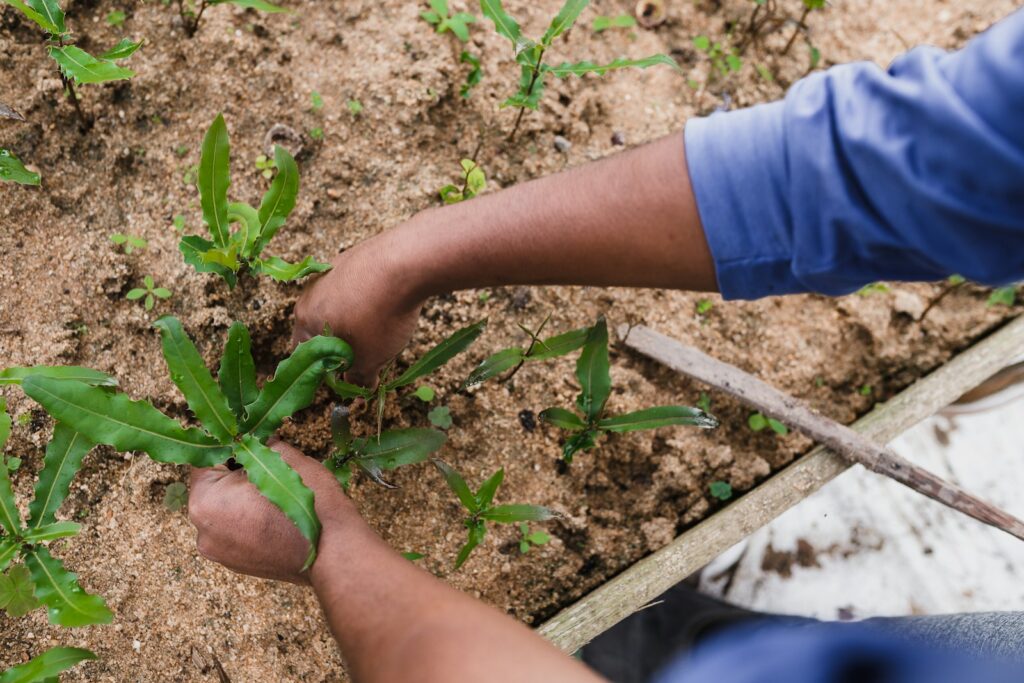
Picking plants that match your local climate makes gardening easier. Choose plants that handle your area’s temperature, rainfall, and soil.
Native plants often need less water and fertilizer, keeping your garden low-maintenance. Local gardening groups can offer advice on what grows best nearby.
Mixing drought-tolerant and hardy plants helps your garden survive dry spells or sudden weather changes. Good soil and drainage also make a difference.
When your plants fit your conditions, your garden looks great with less work and supports local wildlife.
Wildflower Meadows to support biodiversity
A wildflower meadow brings a burst of color and life to your yard. These meadows attract bees, butterflies, and birds, providing food and shelter all year.
Once established, wildflower meadows need little watering and few chemicals. They’re easy to care for, even with a busy schedule.
You can start a wildflower meadow in almost any size space. Choose native flowers and grasses that suit your local soil and climate.
Your garden becomes a safe spot for pollinators and a beautiful, natural retreat for you.
Hunt-and-Gather Foraging Gardens with Edible Plants

Imagine picking fresh berries or wild greens right from your backyard. Foraging gardens mix edible native plants like herbs, berries, and greens into your landscape.
These plants usually need less care than traditional crops. You can blend them into garden beds or let them grow along paths and walls.
Foraging gardens connect you to the seasons as different plants ripen. They also support local wildlife with natural food and shelter.
Choose edible plants that grow well in your area and learn to identify them safely. Soon, you’ll have fresh, wild foods just steps from your door.
Bright Colored Flowers to Energize Outdoor Spaces
Bright flowers can completely change the mood of your outdoor space. Bold reds, sunny yellows, deep purples, and fiery oranges bring instant cheer.
Mixing vibrant colors gives your garden a lively look all season. Nasturtiums add fun with their round leaves and edible petals.
Colorful flowers attract bees and butterflies, keeping your garden buzzing with life. Even small containers or flower beds can make a big impact.
A few bright blooms can lift your mood and make your garden feel fresh and inviting.
Designing Your Garden With This Year’s Trends
Updating your garden doesn’t have to be complicated. Focus on fresh materials and eco-friendly choices to create a space that feels both modern and welcoming.
Incorporating Contemporary Materials

Contemporary materials can give your garden a sleek, updated style. Concrete or stone planters with clean lines are durable and low-maintenance.
Metal garden furniture in black or bronze adds contrast and looks great with green plants. Wooden accents in simple shapes can soften the look.
Ground cover like gravel or smooth pebbles works well under seating or along paths. These materials help with drainage and keep things tidy.
Mixing new textures and colors with smart design choices makes your garden feel balanced and inviting.
Balancing Sustainability and Aesthetics
Making your garden beautiful and eco-friendly does not have to feel overwhelming. Small changes can add up and make a big difference.
Try starting with native plants. They use less water and need less care, which saves you time and effort.
Add a few edimentals like herbs or berry bushes. These plants look nice and provide food for your kitchen.
Rainwater harvesting can help you make the most of every drop. Setting up a compost bin is another easy way to reuse kitchen scraps and garden waste.
Organic mulches are a simple trick for keeping your soil healthy. They help lock in moisture and reduce how often you need to water.
Tips for Maintaining Trendy Outdoor Spaces
Outdoor spaces are an extension of your home, and keeping them looking great can be manageable with a few smart habits. Life gets busy, but your garden can still thrive with some simple planning.
Pick plants that match your routine and the local climate. This way, your space stays stylish without demanding too much extra work.
Seasonal Garden Care Strategies
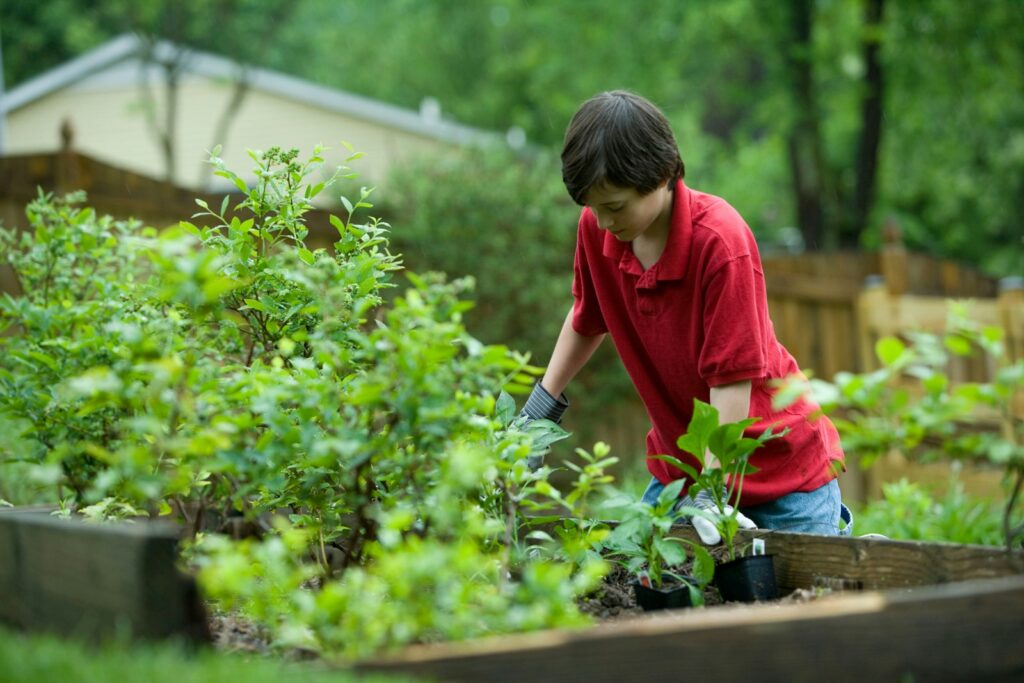
Each season brings its own set of garden needs. In spring, focus on planting and give your plants a boost with fertilizer.
Watch for pests as new growth appears. Summer is all about keeping up with watering since the heat dries things out quickly.
Mulch can help keep moisture in and protect roots from the hot sun. When fall arrives, it is time to prune and get your garden ready for colder weather.
Clear away dead leaves and trim plants to help prevent disease. Winter is mostly about protecting plants from frost, so cover delicate ones and use mulch for extra insulation.
Choosing Low-Maintenance Plants
Ever feel like your garden is more work than fun? The secret might be in the plants you choose.
If you want to spend less time watering, try drought-tolerant options such as lavender, succulents, or ornamental grasses. These plants keep thriving even when you forget to water.
Native plants are another great choice. They handle your local weather and attract helpful pollinators like bees and butterflies.
Perennials are a lifesaver for anyone who doesn’t want to replant every season. Shrubs and evergreens can give your yard a polished look all year with little effort.
Here’s a quick list to consider:
| Plant Type | Benefits | Maintenance Level |
|---|---|---|
| Lavender | Drought-resistant, fragrant | Low |
| Succulents | Store water, easy care | Very low |
| Ornamental grasses | Add texture, tolerate heat | Low |
| Native wildflowers | Adapted to climate | Low |
| Evergreens | Year-round greenery | Low to moderate |
Think about your own schedule and pick plants that match how much time you want to spend in the garden. You can still have a stylish space without making it a full-time job.

